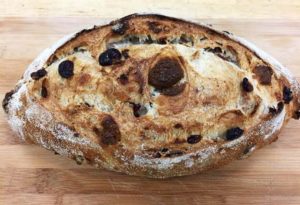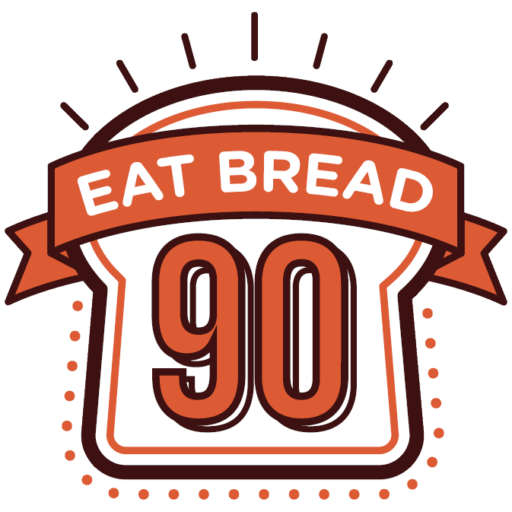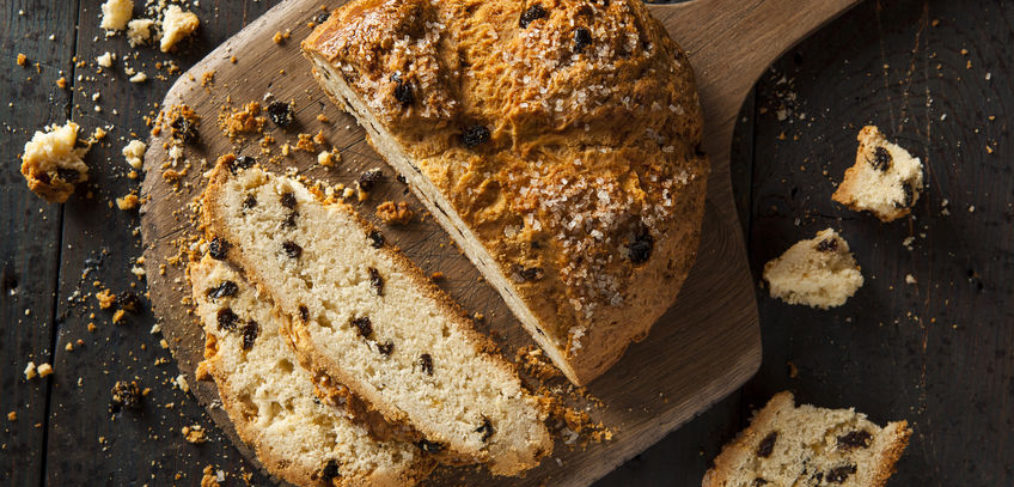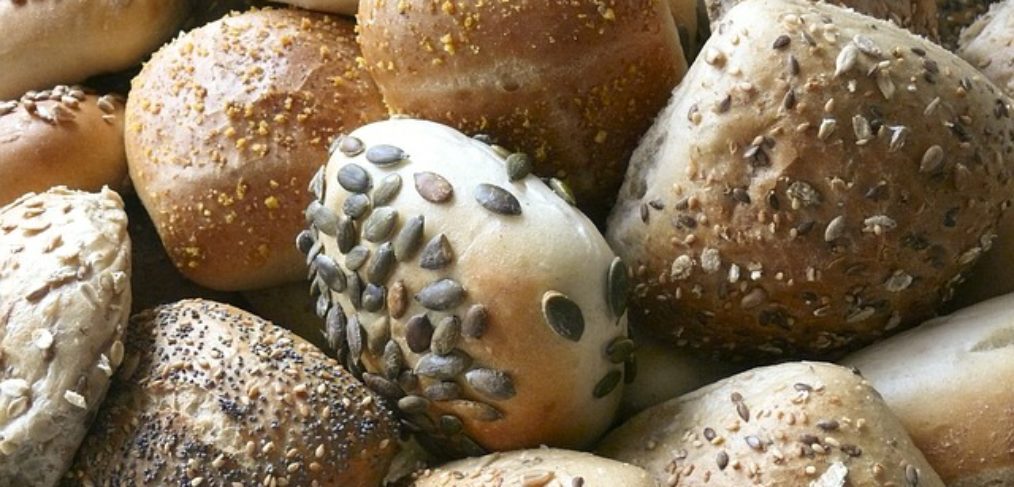Bread has a long history as a nutritive food source. As the oldest known prepared food, it’s no surprise the benefits of bread are many. The nutrition packed away in those grains are an essential part of a healthy diet. Regular consumption of bread prolongs life and can protect our body from common diseases.
People have been eating bread for ages. The origin of bread can be closely linked to the beginning of agriculture in the Fertile Crescent area. Grain was crushed and mixed with water to form gruel. Then, the gruel was baked on hot stones into primitive flat breads. The gruel was then exposed to natural yeasts and microflora and fermented before baking. Three types of bread can be traced back to these early loaves: Multigrain Bread, Rye Breads and Fruit Bread.
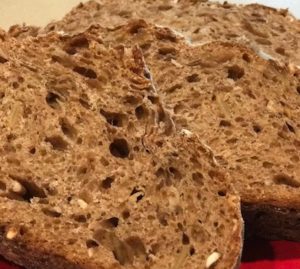
Multigrain Bread
Multigrain breads are made from a mixture of whole meal, white or rye flour which contains wheat germ, honey, gluten, non-flat milk solids, cracked and whole grains of wheat and other cereals. Multigrain breads can be obtained by blending various grains, vegetable pieces, nuts, seeds, fruit and spices.
Rye Breads
Rye bread is made from a mix of rye and wheat flour. Rye bread contains only small amounts of dough strengthening proteins. Rye flour has more amylase enzyme which breaks down starch into sugars. Rye doughs have less water than dough from ordinary flour to remain stiff and keep their shape.
Fruit Bread
Fruit breads use a normal bread recipe to which fruit and sugar are added. The fruits used are raisins, currants, orange peel and dried fruits. Some ingredients are used to enhance the appearance and flavor of breads such as cinnamon, nutmeg, egg wash, sugar and water wash.
The Benefits of Bread
Flour and bread are fortified with essential micro-nutrients, provide fiber, proteins and minerals that can aid in the prevention of chronic diseases.
Multigrain bread is nutritious. Frequent consumption of Multigrain bread can reduce the risk of diabetes and coronary heart disease. It can assist with weight maintenance and the recommended intake of fiber. Ingredients such as whole grain mentioned above provide vitamin E which is an intracellular antioxidant that protects polyunsaturated fatty acids in cell membranes from oxidative damage. This vitamin E obtained from whole grains keeps selenium in the reduced state and inhibits the formation of nitrosamines especially at low pH.
The old saying that bread is the staff of life should get you thinking about the fundamental role bread has played in our lives. The benefits of bread can’t be ignored, definitely earnning a place at our tables and with our meals.
References
- Jenson, Heather. Food and Nutrition Resources for Educators, Parents, and Professionals. Nova Science Incorporated, 20 July 2014.
- Lindberg, Alice E. Vitamin E : Nutrition, Side Effects, and Supplements. WorldCat. 26 Mar. 2017. www.worldcat.org/title/vitamin-e-nutrition-side-effects-and-supplements/oclc/839304254. Accessed 28 Mar. 2017.
- Rosell, Cristina M., Joanna Bajerska, and El Sheikha Aly F. Bread and Its Fortification: Nutrition and Health Benefits. Boca Raton: CRC, Taylor & Francis Group, 2016.
